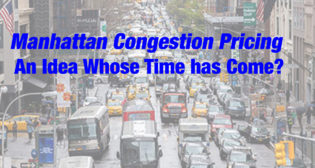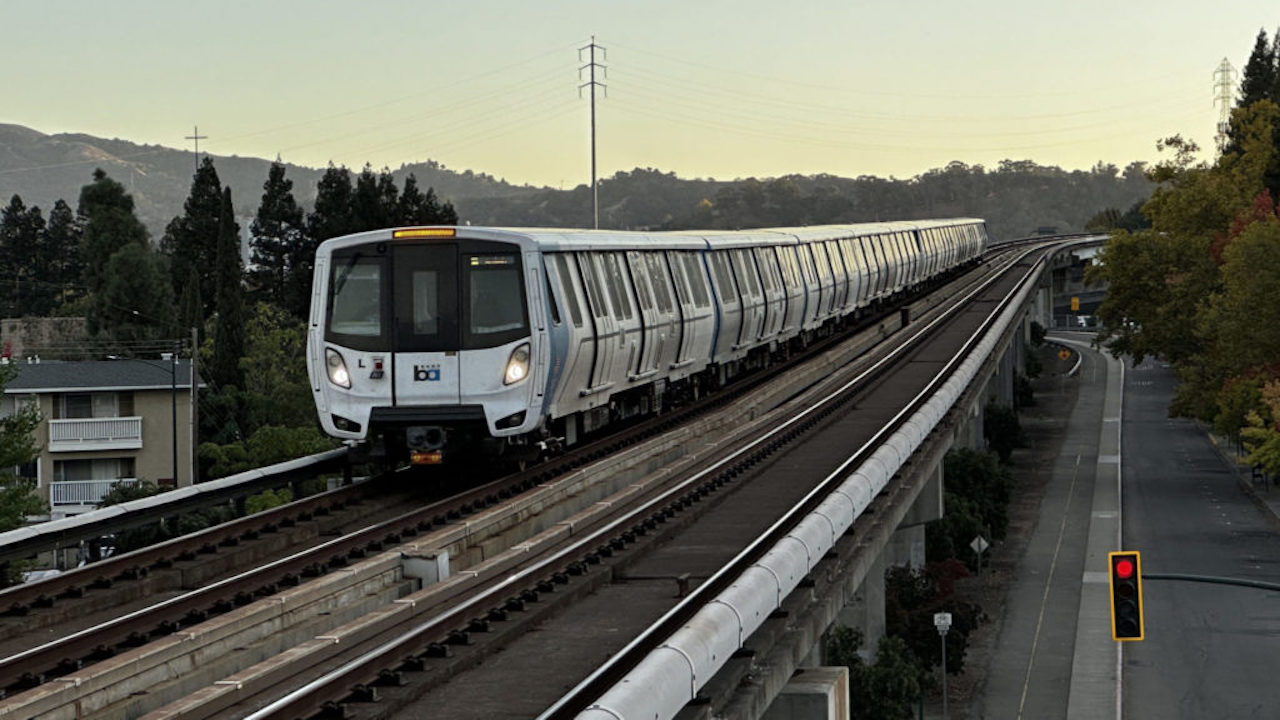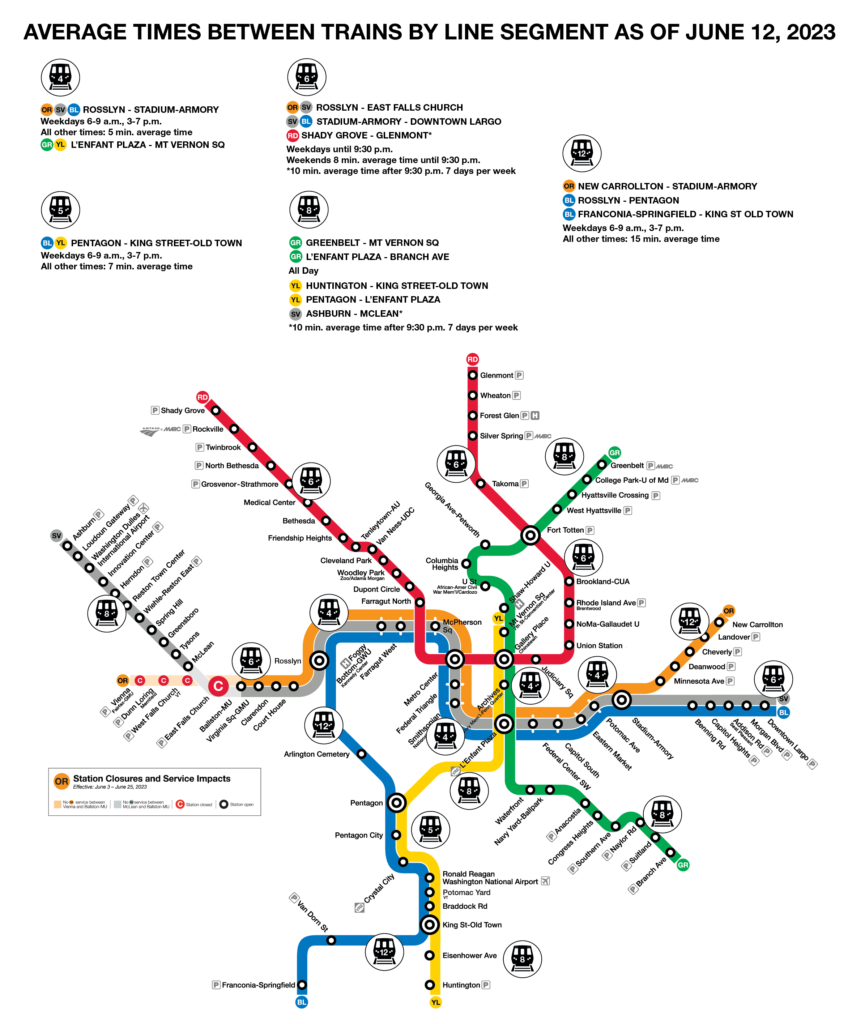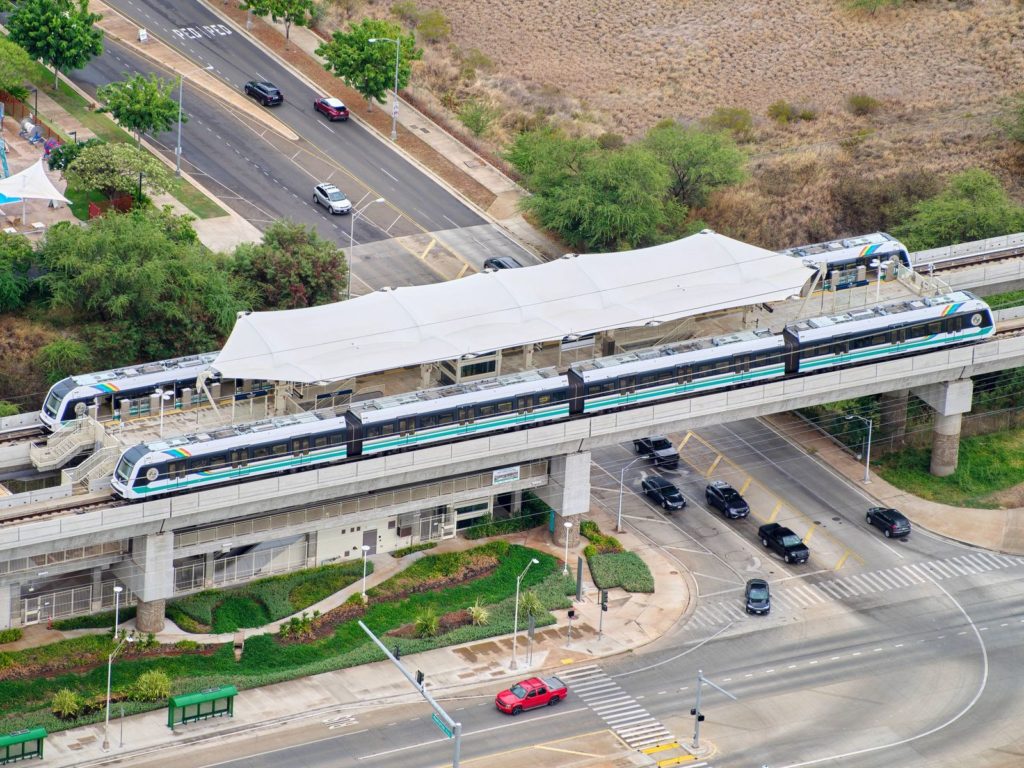
Transit Briefs: BART/SFMTA, WMATA, UTA, HART
Written by Carolina Worrell, Senior Editor
InvadingInvader Wikimedia Commons
California’s state budget will include a $1.1 billion bailout for Bay Area Rapid Transit (BART), the San Francisco Municipal Transportation Agency (SFMTA), and Bay Area transit agencies. Also, service improvements on the Washington Metropolitan Area Transit Authority’s (WMATA) Red Line begins with more service and fare improvements coming this month; the Utah Transit Authority (UTA) announces Rider’s License for young passengers; and the Honolulu Authority for Rapid Transportation (HART) delivers Segment 1 of the Honolulu Rail Project to the City and County of Honolulu Department of Transportation Services (DTS).
BART/SFMTA
A California budget deal struck by Gov. Gavin Newsom and Democratic legislative leaders Sunday night “nixes $2 billion in cuts to transit capital projects that the governor proposed in January,” according to a San Francisco Chronicle report.
According to the report, transit agencies, including BART and SMFTA, will be able to “flex” these preserved capital funds to pay for service costs, and will also receive $1.1 billion in state cap-and-trade funds over three years to fund operations.
According to the San Francisco Chronicle report, “the inclusion of a transit bailout in the state budget delays the ‘doomsday’ service cuts that BART, Muni and other Bay Area transit systems projected would become a reality once they reach their so-called ‘fiscal cliffs.’
“The region’s two largest systems, BART and Muni, projected they’d reach their fiscal cliffs in 2025 after running out of the federal aid that kept their trains and buses running during the pandemic.”
According to the report, officials at both agencies warned of significant service cuts, including multiple shuttered Muni bus lines and no weekend BART service, beginning as early as this fall without state intervention. But, the San Francisco Chronicle reports, it’s unclear how much of the announced cap-and-trade funds will go to Bay Area transit agencies, to what degree they’ll use the newly flexible capital dollars to fund service, and whether the transit subsidy comes with any policy strings attached, such as state financial oversight.
However, “the subsidy is expected to preserve current Bay Area transit service—at least in the near term,” according to the San Francisco Chronicle report.
San Francisco state Sen. Scott Wiener, who confirmed the budget agreement to the San Francisco Chronicle late Sunday, called the deal “a very positive first step toward securing the future of public transportation in California.”
“This is a very meaningful step in tackling the fiscal cliff,” Wiener, the biggest advocate for transit agencies in the Legislature, said in a statement. “We estimate that, over the next three years, this flexible funding eliminates as much as half of the Bay Area’s transit fiscal cliff.”
News of a transit bailout in the state budget came as a surprising development.
According to the report, Gov. Newsom’s revised May budget proposal didn’t include any subsidy for operations and kept the $2 billion cut to what’s known as the Transit and Intercity Rail Capital Program, “casting doubt on a transit subsidy as California girds for a $31.5 billion budget deficit that could grow larger when updated projections come out this fall.”
BART’s Board of Directors on June 8 signed off on a two-year budget that includes a $93 million deficit beginning March 25. According to the San Francisco Chronicle report, the agency’s board approved the budget not knowing whether it would receive a state bailout or must return to later in the fall to cut expenses and, possibly, BART service.
According to the report, in recent weeks, local leaders and transit advocates “pleaded for Newsom and legislative leaders to include a transit bailout in the budget,” warning of “devastating service cuts that would have hampered Bay Area’s economic recovery and put agencies in a transit death spiral—where service cuts lead to fewer riders, and vice versa.”
California transit agencies in April asked for a $5 billion subsidy through 2028 but did not get everything they asked for, including the diversion of a windfall in federal highway funds for transit operations, according to the San Francisco Chronicle report.
According to the report, while the subsidy is expected to preserve the Bay Area’s transit services, agencies such as “fare-dependent” BART will likely “find themselves in a similar position in coming years without a long-term subsidy and cutting operating costs.”
BART and Bay Area transit agencies plan to ask local voters to approve a tax increase to fund services in 2026, according to the report.
WMATA
Beginning June 12, customers on WMATA’s Red Line will enjoy more frequent weekday service with more improvements rolling out for rail and bus customers throughout the month of June, according to the agency.
Beginning Monday, Red Line trains will operate every six minutes until 9:30 p.m. on weekdays, an improvement from every eight minutes during off-peak daytime hours. On weekends, Red Line trains will continue operating every eight minutes all day, and every 10 minutes after 9:30 p.m. seven days a week.
Beginning June 26, Blue, Orange and Silver Line customers will also see service increases. Blue and Silver Line trains will operate every 12 minutes from opening until 9:30 p.m., and every 15 minutes after 9:30 p.m., seven days a week, an improvement on current 15-minute weekday frequencies during off-peak hours.
On the Orange Line, trains will operate every 10 minutes from opening until 9:30 p.m., and every 15 minutes after 9:30 p.m., seven days a week, an improvement on the current 12-minute weekday frequency during weekday peak hours and 15 minutes weekday frequencies during off-peak hours.
Simpler Metrorail fares are also coming soon, WMATA says. Beginning June 26, Metrorail rides will have one distance-based fare on weekdays before 9:30 p.m., eliminating peak fares during morning and evening rush periods. After 9:30 p.m. and on weekends, customers will still enjoy a $2 flat fare per trip. Regular Metrobus fares will remain $2 per trip, and on MetroAccess, the maximum fare will be reduced to $4 per trip.

Customers will also benefit from reduced fares beginning June 20 when Metro launches Metro Lift, an income-qualified reduced fare program that will provide DC, Maryland, and Virginia residents enrolled in the Supplemental Nutritional Assistance Program (SNAP), a 50% discount for any trip on Metrorail and Metrobus.
By the end of the month, WMATA says it will have implemented 10 service improvements since last summer to meet rising demand for transit and deliver frequent transit service for the region. “With the June 26 service improvements, we’ll have 58% more trains in service on weekdays compared to last July, and a 73% increase in train trips,” the agency said.
“Ridership is bouncing back, and Your Metro continues to deliver service improvements to meet the travel demands of the region,” said WMATA General Manger and CEO Randy Clarke. “Ridership continues to set records on rail and bus, and we’re excited to deliver service improvements that will save our customers time and money at all times, every day of the week.”
UTA
UTA announced June 7, via a Twitter post, that youth, ages 6-18, can now use their Rider’s License through Aug. 31 for unlimited rides on the agency’s FrontRunner, TRAX, streetcar and UTA On Demand and buses.

UTA’s popular summer youth pass, valid from June 1 to Aug. 31, provides unlimited rides to destinations, such as City Creek Center, libraries, city parks, Lagoon, Thanksgiving Point, and more, for just $49.
More information is available here.
HART
HART announced June 9 that it has completed construction and delivered the initial operating segment of the Honolulu Rail Project to the City and County of Honolulu DTS, which is responsible for the operation and maintenance of transferred assets. The initial operating segment consists of 10.75 miles of rail guideway and nine rail stations from East Kapolei to Aloha Stadium.

In addition to the guideway and stations, HART also transferred to DTS 12 four-car trains and the 43-acre Rail Operations Center and Maintenance and Storage Facility.
This is a landmark moment for the HART ohana,” said HART Executive Director and CEO Lori Kahikina, P.E. “All required operational and safety testing and related certifications have been completed and the system is safe and reliable. This is a huge milestone in delivering a functional rail system to the people of the City and County of Honolulu.”



